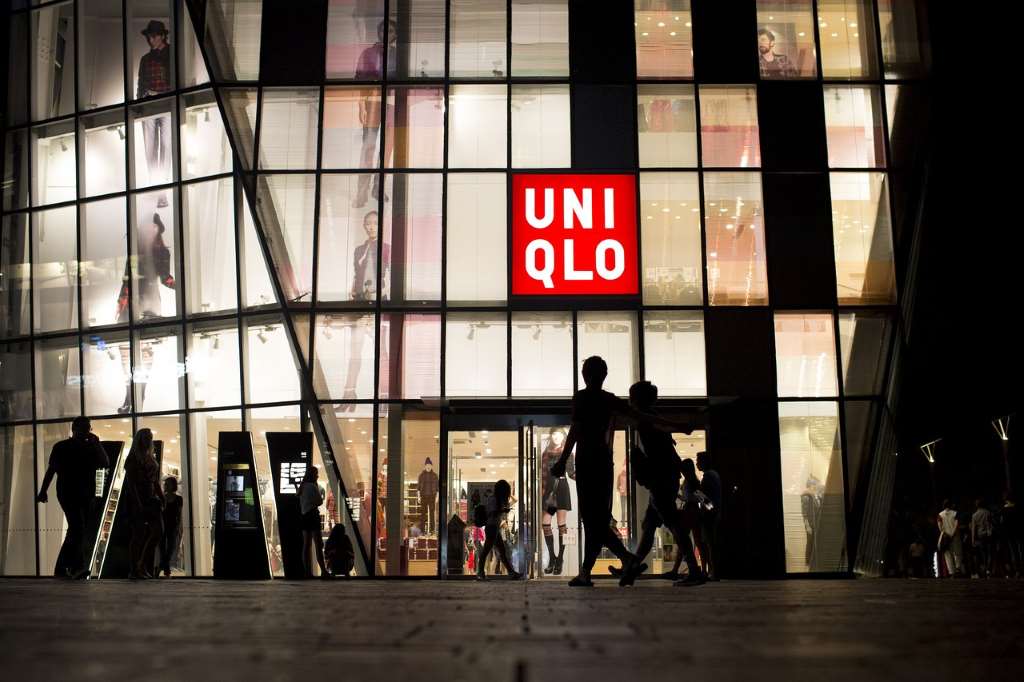Gap will produce denim using Dry Indigo, a waterless, indigo foam-dyeing technique. Utilising foam dye that adheres to yarn, the transformative Dry Indigo technique produces a denim fabric that is comparable in hand-feel, aesthetic, performance, and washability to traditionally dyed denim. The process can reduce water use by up to 99 per cent, while also using 89 per cent less chemicals reducing energy use by 65 per cent. The foam-dyeing technique occurs in a space of less than 65 feet – compared to the hundreds of feet that is typically necessary for a traditional dyeing machine – thereby significantly reducing energy needs.
Leveraging this revolutionary new dyeing process directly supports Gap’s manufacturing goal to conserve ten billion liters of water by the end of 2020. Gap has worked closely with supply chain partners to implement numerous water-saving initiatives. In 2016, Gap introduced a smart denim wash program that has enabled the company to save over 229 million liters of water when compared to conventional wash methods. The company has so far saved 5.7 billion liters of water. The brand plans to derive 100 per cent of its cotton from sustainable sources by 2025. Gap’s divisions Old Navy, Gap, and Banana Republic are launching denim with five per cent post-consumer mechanically-recycled cotton content.












